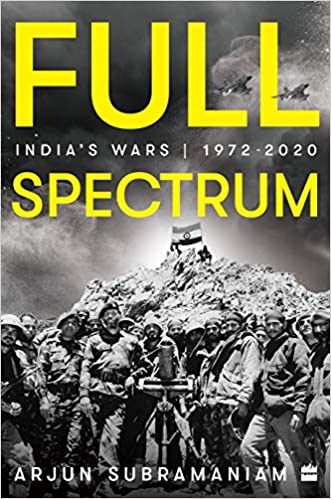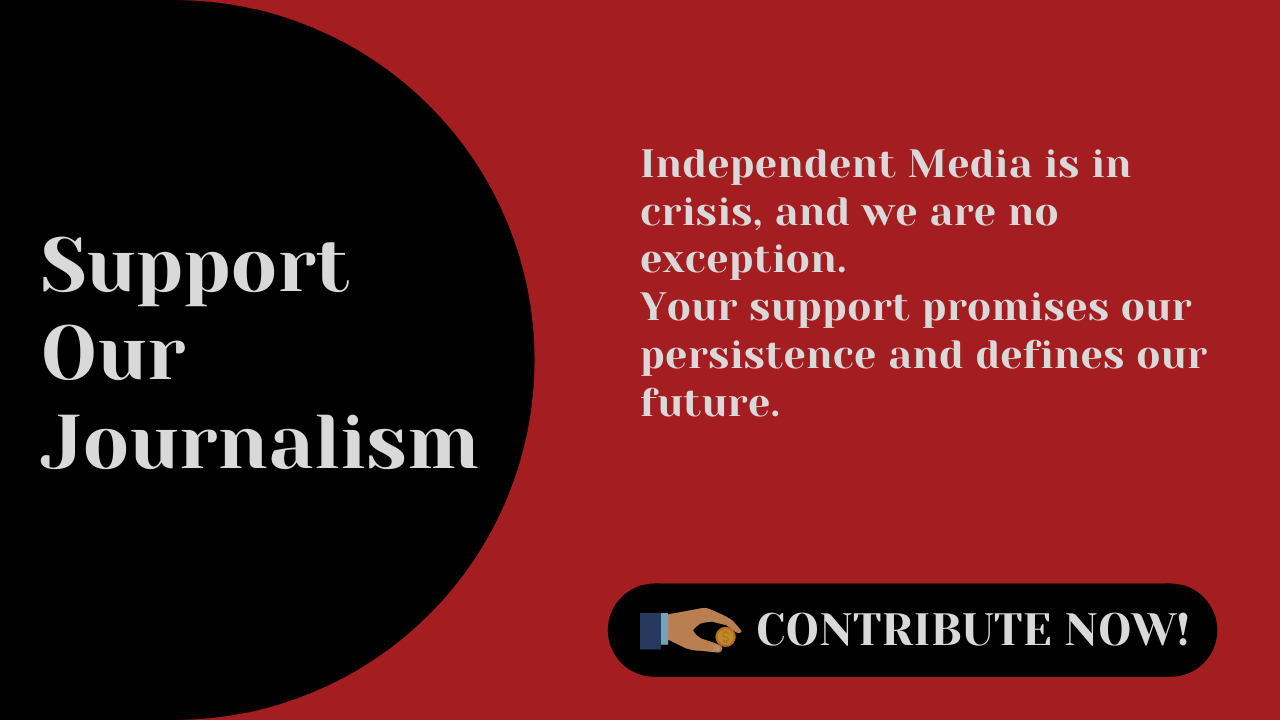War and (Still No) Peace

Yash Daiv is a senior copy editor with Pune Mirror,…
Two books released in autumn 2020 dedicate chapters that look at foreign policy effect on Kashmir and elements that caused chaos.
The fire that consumed Kashmir after the Partition rages on today. Who incensed it? There is no one answer to this question, but it is scattered among bureaucratic decisions and wars ‚ÄĒ both internal and external. Two books released in autumn of 2020 analyse these scattered fragments. They look at how the internationalisation of the issue bruised Kashmir.
Minister of External Affairs S Jaishankar‚Äôs¬†The India Way and retired Air Vice Marshal Arjun Subramaniam‚Äôs Full¬†Spectrum: India‚Äôs Wars¬†take us through making of the battleground that is Kashmir. While the diplomat recounts a string of political decisions, the retired Air Vice Marshall tells us of the internal churning brought by Pakistan and India‚Äôs initial lack of response. Both narratives lead up to Kargil ‚ÄĒ one calls it the finale and the other says it was retaliation.
The diplomatic lens
The domino effect of many wars after 1960 was suffocating for Kashmir. In The India Way, as Jaishankar tries to mull what would define a new India, he ends up analysing the alignments with other countries that have defined it in the past. And, an important deliberation on Kashmir arises.

India’s ledger of relationships with the world has been vivid. When the country was testing the waters of its newfound Independence, it found itself on the verge of unipolarity in the 1960s (before it turned multipolar later). The era turned Kashmir into a ground on which India and Pakistan would shuttle decisions with allies.
The first of many strains appeared in 1962 when India resisted territorial concessions to Pakistan on Kashmir. Islamabad, Jaishankar says, was being punished for allegiance with the west (after Independence). America solidified its support for Pakistan by 1965. India went to USSR, thus taking sides in a bipolar world of then. A 17-day war ensued. Kashmir was infiltrated ‚ÄĒ its geographical boundaries breach and ideological being jettisoned. There was a heavy casualty.
Support Our Journalism
You are reading this because you value quality and serious journalism.
But, serious journalism needs serious support. We need readers like you to support us and pay for making quality and independent journalism more vibrant.
In 1971, Kashmir was wounded again in the India-Pakistan confrontation. Jaikshankar hails it as ‚Äúrecovery from partial reverses‚ÄĚ as Delhi asserted greater regionalism in Jammu and Kashmir.
Jaishankar, who till this point was making a passionate political discourse in his book, misses a beat. He completely skips the laying of the Line of Control (LoC) and division it brought upon people. Kashmir was now forever strewn with barbed wires laced with explosives ‚ÄĒ an image that even wraps their mind and landscape.
The trauma of Kashmir peaked when India‚Äôs and Pakistan‚Äôs relentless complaints mounted on the international front. Every move by each of the country was then aimed at asserting their ‚Äúgreatness‚ÄĚ. Jaishankar unravels the events logically (from an Indian lens) but devoid of emotion.
The LoC assertion led to Pakistan ‚Äúmobilising the Islamic world against India‚ÄĚ by asking countries to block India‚Äôs bid at the Security Council Elections of 1975. Pakistan also solidified relation with China by shaking hands over the Karakoram Highway, fuelling more security concerns. In the meantime, India which was entering the nuclear arena refrained from signing the Comprehensive Test Ban Treaty. Then on, India found it difficult to continue developing nuclear weapons without confrontation. The issue was ‚Äúinternationalised‚ÄĚ by India by upgrading relations with Israel. The 1998 tests were considered a landmark. However, by then Pakistan had equalised and the tensions erupted into the finale ‚ÄĒ The Kargil War.
The internal, un-cauterised bleed
On one end, foreign policies were involved in stabilising Kashmir, on the other, the foreign elements were stoking its anger. The reactionary elements that made their presence felt after the Partition have been described in the book, Full Spectrum by Arjun Subramaniam. The author, who has closely observed the internal elements, believes that the state bled internally after being instigated by Pakistan’s politics and perhaps lack of India’s initial response.

Subramaniam begins the narrative with the mention of an informal meeting between Sheikh Abdullah and Zulfikar Ali Bhutto. It is said that with Ayub Khan, ‚Äúwho was reluctant‚ÄĚ, they planned a widespread rebellion in Kashmir known as Operation Gibraltar.
He adds that India lagged in response when it ‚Äúupheld its constitutional sovereignty in response to Pakistan‚Äôs Islamic narrative on Kashmir‚ÄĚ. Even during the Shimla Agreement (which called for both countries to settle the dispute), India‚Äôs mistake was ‚Äúnot forcing a resolution on Kashmir‚ÄĚ.
As a result, Subramaniam says that Jammu and Kashmir erupted and then Pakistani four-star general Zia-ul-Haq took advantage. He had already introduced religious fervour to Pakistan‚Äôs army personnel and also to the masses. He used this very tool in his attempt to scissor Kashmir. He was consumed by the ambition to the extent, the author argues, that his ‚Äúsingle-minded pursuit‚ÄĚ did not even consider Jammu-Kashmir Liberation Front as a pro-freedom group because of its ‚Äúnon-jihadist‚ÄĚ attitude. Finally, Lashkar-e-Taiba emerged as the lynchpin after many parties failed.
Such internal equations that connect to militancy are a part of Subramaniam’s narrative, which takes the reader to Kargil. He then spends much time talking about how tensions were diffused and victory was achieved.
Victory ‚ÄĒ both these new books measure their decision on conquest and conquer. Many important questions slip into the ravine created by such objective milestones. Moreover, how much do these political decisions and imbroglios cost all the parties involved? The answer measures in lives lost and smothered generations. Both the books miss the emotion while doling out in-depth commentaries of their fields.

(This Review was published in the March 2021 print issue of the Mountain Ink.)
Mountain Ink is now on Telegram. Subscribe here.
Become Our Ally
To help us strengthen the tradition of quality reading and writing, we need allies like YOU. Subscribe to us.
Yash Daiv is a senior copy editor with Pune Mirror, Times Group. His essays, features and reviews have appeared in many publications.













